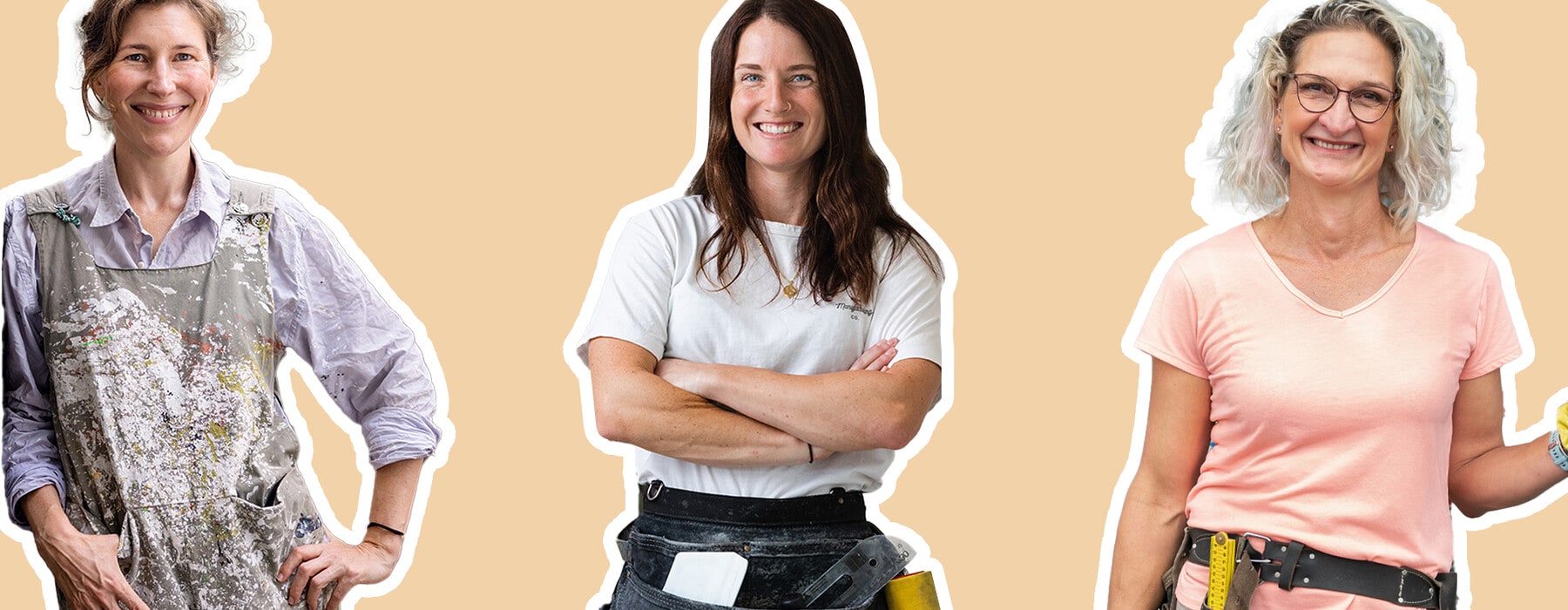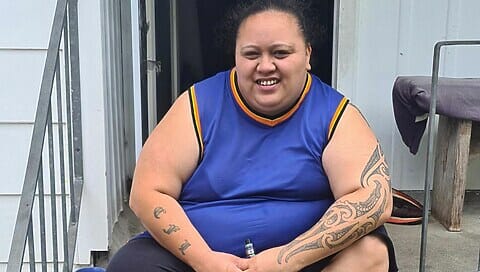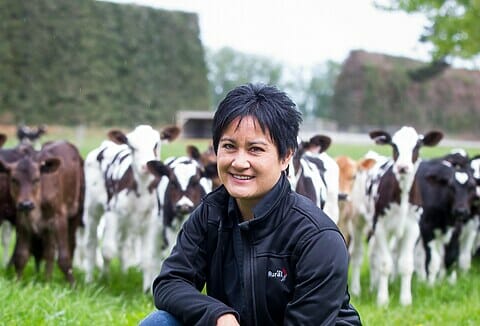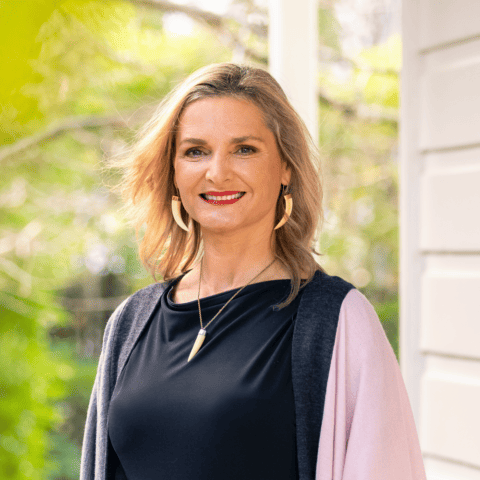Construction and the trades are crying out for trained professionals, yet on any work site there’s barely a woman to be seen. Haven talks to three tradies who are smashing down the walls.
If you type “tradeswoman” into a text message, you’ll find the word doesn’t exist and it’ll be autocorrected to “tradesman”. Women represent half the population and make about 80 percent of household purchasing decisions, but we are significantly underrepresented in construction and the trades, holding less than one in five jobs in the sector, with even fewer actually on the tools.
The possibility of employing a female plumber, builder, painter or electrician simply doesn’t occur to many people. This got Emma Kaniuk thinking, especially after dealing solely with male tradespeople when she had work done on her house. “I came at it from two angles – where were the women and what is the safety and experience of both tradespeople and customers?” says the Auckland-based graphic designer. “It’s a close-quarters type of relationship with people in your home, and you might be there or you might not,” she says. “It’s an interaction that necessitates a lot of trust and, statistically, women and the rainbow community are the ones who tend to think more about safety.”
Emma did some research and started a list of female tradespeople. Friends began asking for the list, and it eventually became Tradespeople (tradespeople.co), an online directory she launched last September. With builders, roofers, plumbers and electricians on the website, Tradespeople opens up opportunities to hire women and gender-diverse people working in the trades. The platform hosts approximately 50 businesses throughout New Zealand, and Emma responds to new enquiries weekly. Anyone who uses Tradespeople is expected to uphold a respectful code of care and values.
While women have been slowly making inroads into the trades, they are sorely under-represented at a time when the industry is experiencing a massive skills deficit. There are, for instance, about 44 registered female plumbers in the country and eight glaziers. This gender imbalance is pushing industry organisations to play catch-up, and from July this year until 2023, the government will cover the cost of apprenticeships, for both new and existing trainees, thus removing a key entrance barrier. Instead of having to fight for a role in a male-dominated industry, women might have a genuine chance to smash a hammer through that glass ceiling.
“We are missing out on valuable skills and leadership, when we consider that women make up only 18 percent of the construction-related workforce, and Māori and Pasifika are under-represented in the skilled professions. We need to do better,” says Judy Zhang of the Construction Sector Accord, a joint government and industry initiative to address diversity, equity and inclusion. “Our initial focus is on encouraging women, Māori and Pasifika into the construction sector to participate and progress in rewarding careers,” she says.
Architect Natasha Markham, director of urban design and architecture firm MAUD, sees change coming as traditional building methods are transformed. Modular homes, off-site production and the growth of computer modelling are all changing the way buildings are constructed.
“I think there will be a tipping point at some stage where the reliance on the guy in a ute with a dog will become less. That will open up more opportunities for women on building sites because there will be less reliance on brawn alone.” In her 20 years in architecture, Natasha says she’s yet to see a tradeswoman on a work site. “At the moment, the building sites I go to are all men.”
Until change gains traction and women entering and thriving in the trades becomes commonplace, women are – as always – doing it for themselves.
Amy Howell – Wallpaper installer
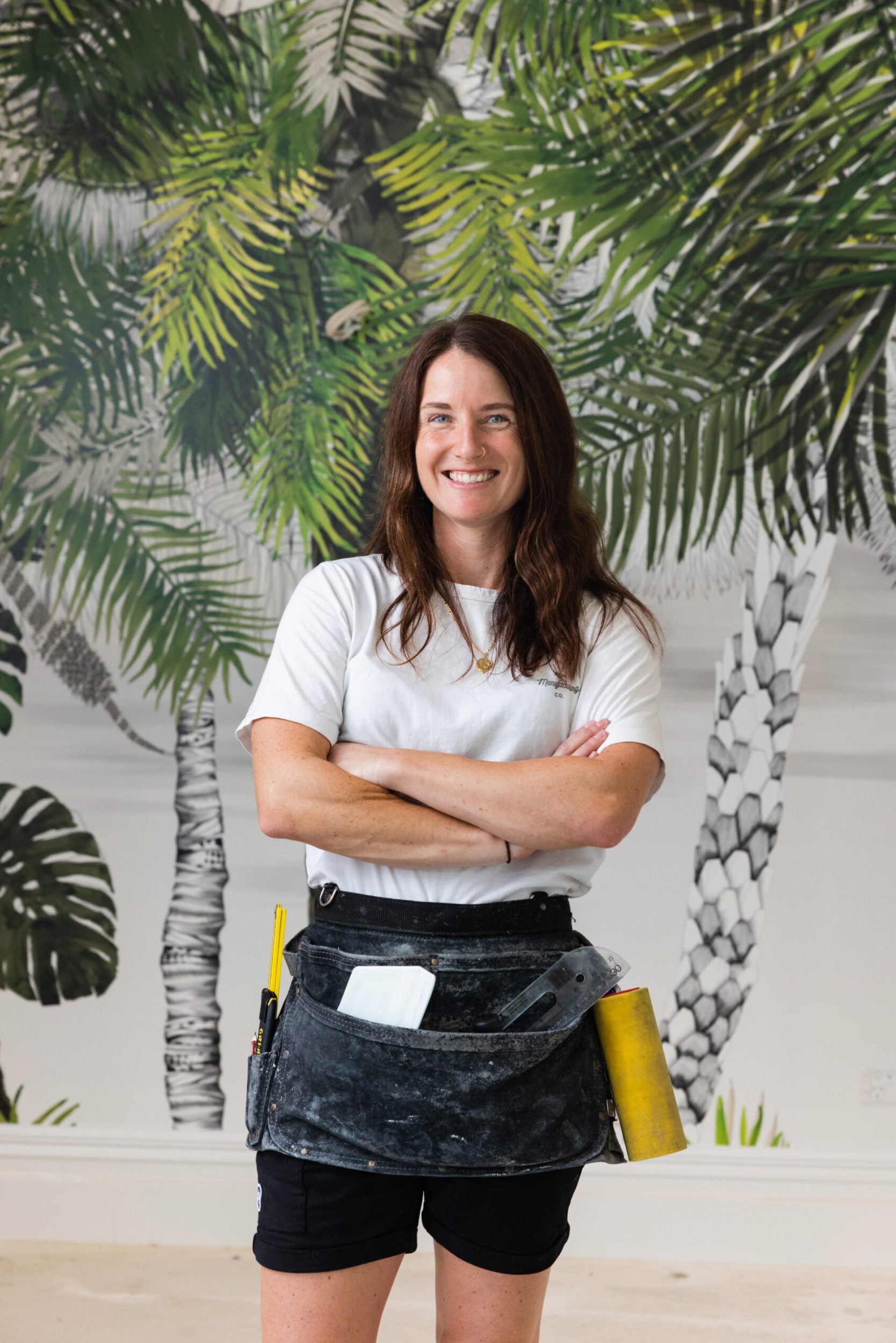
Amy Howell’s first career was as a vet nurse who worked with horses. She loved her job but quickly realised the poorly paid role would limit her potential to progress in life. She knew she wanted to work with her hands and for herself, and while she was researching trades, a builder friend suggested wallpaper hanging. “It just wasn’t on my radar,” recalls Amy, who did some digging and found there isn’t an apprenticeship for the trade in Aotearoa.
Realising it wasn’t a skill she could teach herself, Amy approached Mark Sinclair, a respected and established professional in the industry. “I convinced Mark to take me on. I was straight-up from the start about what I wanted to do and he realised I wasn’t going to be annoying but quite useful,” says Amy.
The pair worked well together, became firm friends and continue to help each other out on various jobs.
Five years ago, Amy went out on her own with Wallflowers (wallflowers.nz), her Auckland-based business. She says it took some courage. “It was really scary and I felt like an impostor. It’s really niche and I market myself at the high end, working with beautiful papers and interior designers.”
The 33-year-old has built a reputation for taking care in her craft. She works across a range of residential and commercial projects and is booked up a couple of months in advance. “I love it. Every day is different. It’s the same process but the papers, people and job sites are all different.”
Amy enjoys the physical nature of her work. “You realise how good it is to be strong – it’s really empowering and gives you confidence in your body and what you can handle.”
Aside from once being asked by a project manager if she and her team had turned up to do the cleaning, Amy says the response to having a woman onsite has been encouraging. “It’s going to take a while to change the culture but I’ve mostly had a great response. You need to be thick-skinned because there are a lot of dudes. Women have a lot to prove and we’ve been on the back foot forever.”
Beth Ellery – Painter
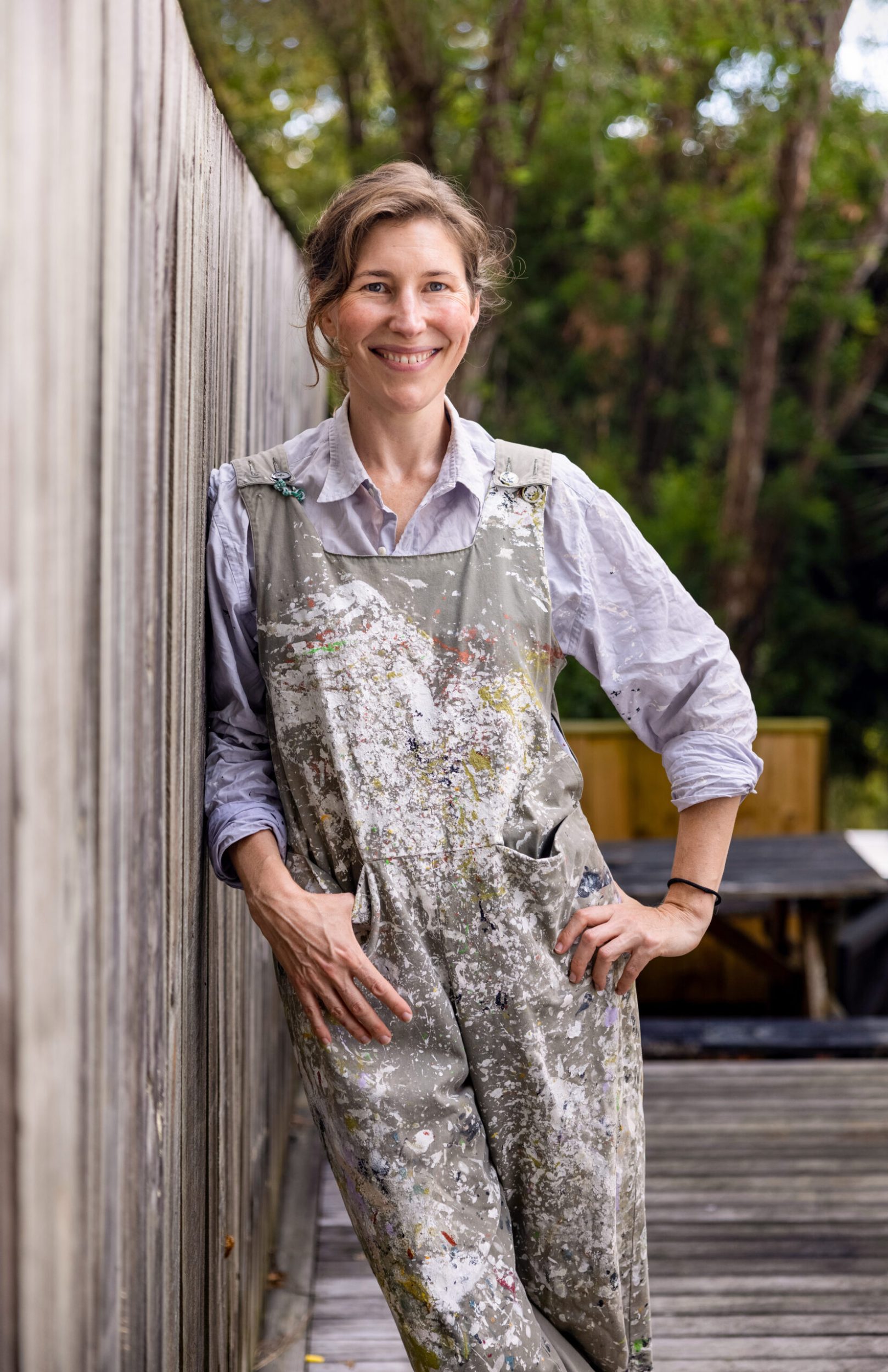
Beth Ellery came to residential and commercial painting after a failed attempt at retreating from full-time work following the birth of her first child. A fashion designer with an eponymous label, she was ready to step back from the notoriously challenging industry. “I had romanticised about not working, but I didn’t really like it. I un-retired myself and, although I missed the fashion industry, I no longer had a workroom or staff so I decided to restart in a different way.”
That happened when James Duncan painted the house Beth shares with her husband and their two children in Auckland. The rapid transformation that paint rendered on their home’s interior spaces inspired Beth, who had studied architecture before becoming a fashion designer. “I wriggled my way into a job with James and I’m learning on the job. It’s invigorating mentally and tiring physically. It’s not as easy as it looks – there’s a real skill to it and every job is different, requiring different skills. I still have a lot to learn before I feel comfortable saying I have a depth of knowledge.”
As an accomplished woman in her 40s, Beth says she feels comfortable being the only female on a building site.
“I’ve found people to be really respectful. There’s not much sexist chit-chat and if anyone has doubts about my skills they’ve never been brave enough to say it to my face.”
As Beth grows in her new career, she’s finding the threads of her wealth of experience are pulling together in new and exciting ways. Last year she designed a paint range for PPG Paints, and she and James are evolving a multidisciplinary offering that includes interior design. “We provide design advice and physically do the work. This is a great time to be a woman in the trades – there is plenty of work.”
Emma Brown – Builder
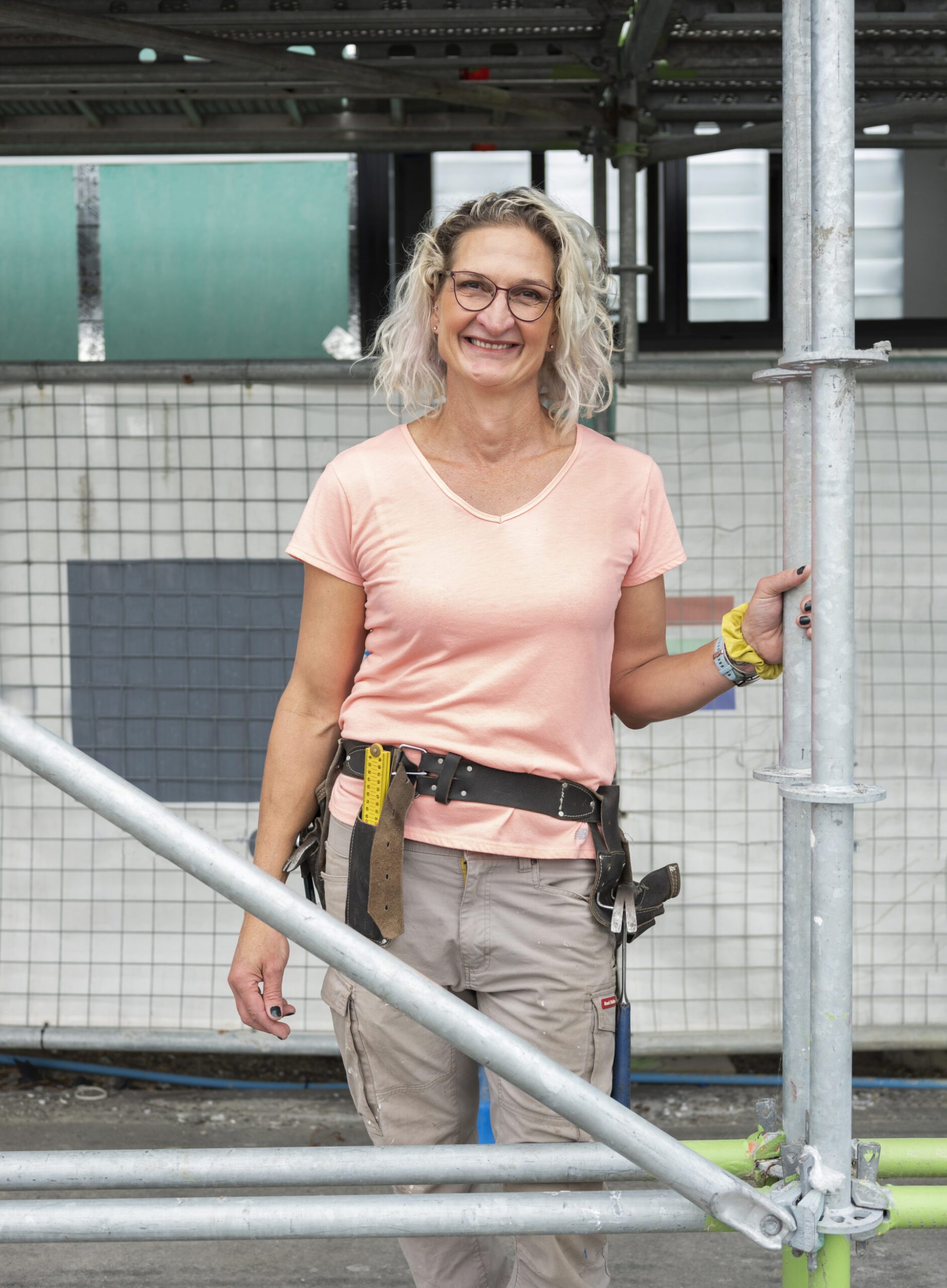
Wellington-based Emma Brown, 49, has been in the building industry for 30 years and is well-schooled in the machismo prevalent in the industry. In fact, she wrote a thesis about it. Emma, who has a BA in philosophy and psychology, a graduate certificate in counselling and a post-graduate diploma in business administration, says her research revealed that the harmful masculine stereotypes perpetuated in the construction industry were very similar in New Zealand, Australia and the UK.
“The conclusion I came to was that the apprenticeship process perpetuates toxic masculinity. I don’t like the term ‘toxic masculinity’, but that is what it is.” It’s a problem that’s more pronounced in the commercial building sector than in residential work, she says.
Emma started her apprenticeship in 1989 alongside one other women, who dropped out after six months due to gender discrimination. “I’m transgender and was not presenting as who I am today,” says Emma, who – against the odds – saw out her apprenticeship and is aiming to break the cycle of the damaging apprenticeship process by employing female apprentices and maintaining a healthy, respectful and kind work environment.
“More women in the industry is nothing but a positive thing – there is just so much potential,” says Emma, who has been working for herself for about 20 years and employs two full-time female apprentices and a female casual labourer at her building company, Yellowhammer Services. “It has always been my belief to reinvest and give back and I really want to do that with female apprentices. The message needs to get out that women really can work the trades – it’s like the last frontier of the workforce.”
Trading up
Women in Trades
WIT promotes the trades as a viable career option to women and employers. The not-for-profit is run by a committed group of professionals in the trades and trades services industries. Their website profiles women tradies in jobs as diverse as drain-laying, carpentry and quarrying. womenintradesnz.com
Māori & Pasifika Trades Training Auckland
As well as promoting success in the trades among Auckland’s Māori and Pasifika communities, this organisation is dedicated to teaching trades skills to wāhine. Their website features profiles of women who are leading the way in the trades. maoripasifikatrades.co.nz
BCITO
The Building and Construction Industry Training Organisation is a government body that manages industry apprenticeships and training. Their website is the go-to destination to find out more about apprenticeship opportunities in New Zealand. bcito.org.nz
Photos by Reuben Looi and Florence Charvin

